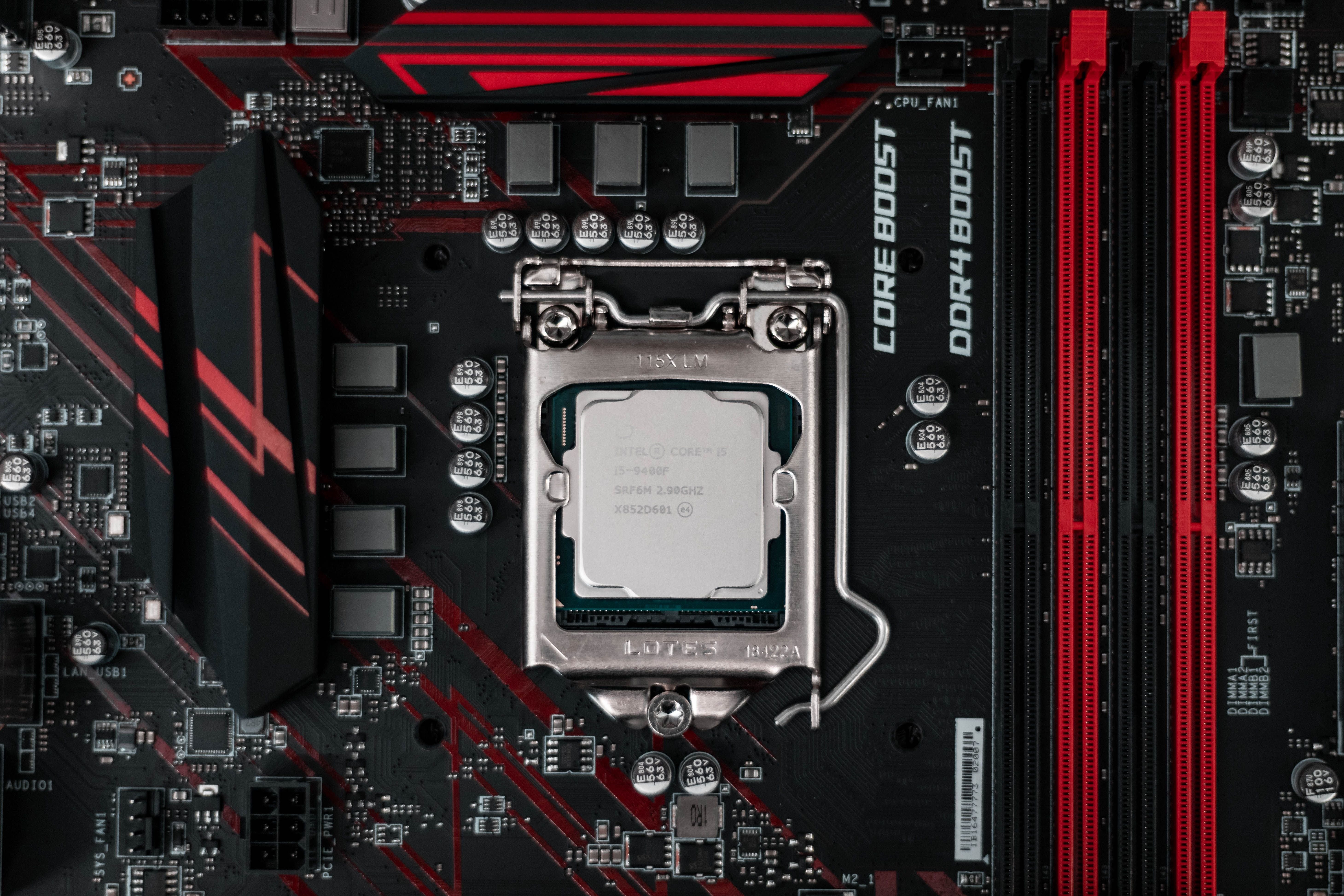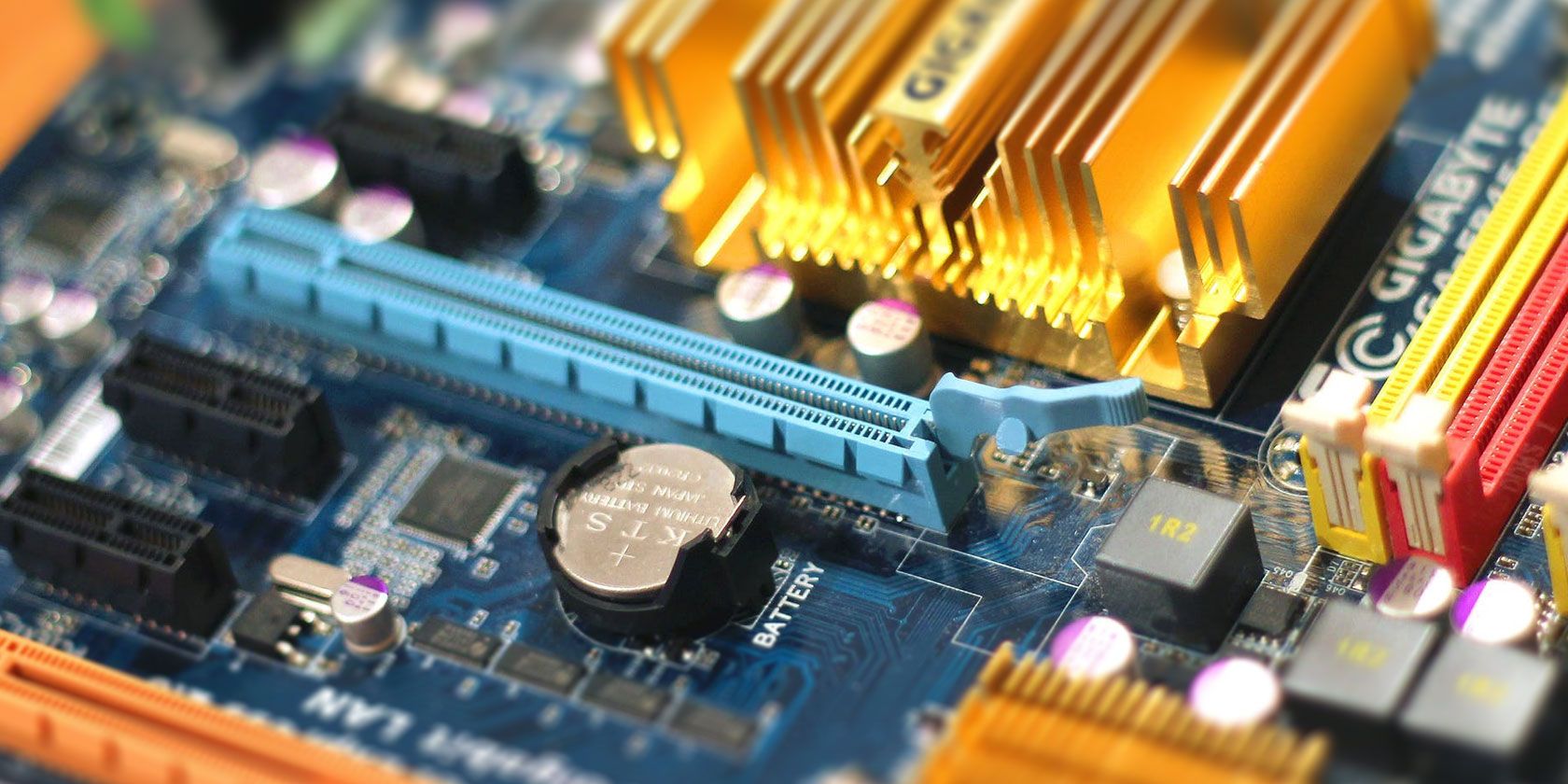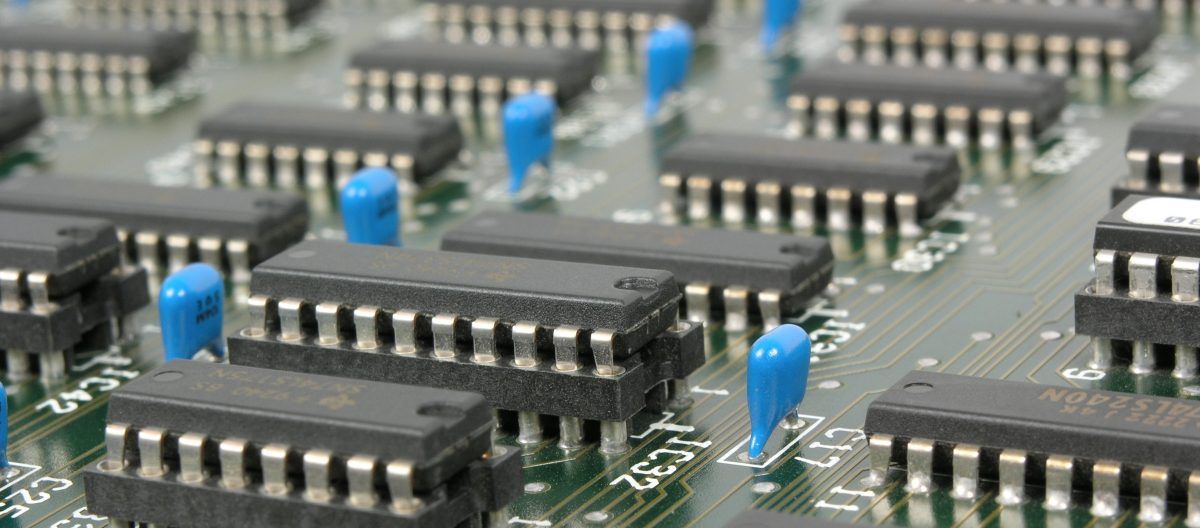Sometimes, it's hard to believe how quickly technology is advancing. It seems like yesterday AMD introduced us to their Ryzen 3000 series of CPUs, which came with PCI Express 4.0 as one of its headlining features. Intel only caught up with its Rocket Lake CPUs, launched in 2021. However, it seems like the industry is yet again ready to move forward. Alder Lake 12th gen Intel CPUs are rumored to come with PCI Express 5.0, the new version of the spec.
You may just have gotten a new flaming PC with support for PCIe 4.0. Thus, the question arises: what are the differences between PCIe 5.0 and the existing versions? And should I care?
PCIe 5.0 vs. PCIe 4.0: Double the Bandwidth

For the most part, the biggest improvement between different generations of PCI Express is always an increase in bandwidth of almost exactly double.
The transfer rate of the first version of the standard, PCIe 1.0, was around 250 MB/s over a single lane (x1) and was capable of 2.5 GT/s (gigatransfers). With the arrival of PCIe 2.0, it was doubled to 500 MB/s and 5 GT/s, respectively.
With PCIe 4.0, it increased to 1.97 GB/s and 16 GT/s, doubling from PCIe 3.0's 985 MB/s and 8 GT/s. I'm sure you get the drill by now—each new generation doubles the bandwidth of its predecessor or gets close to doubling it.
PCIe 5.0 isn't an exception.
PCIe 5.0 is the direct successor of the PCIe 4.0 standard. And yet again, the bandwidth and gigatransfer rate double over the previous generation, allowing data to be transferred at significantly faster speeds. 32 gigatransfers per second, or 32 GT/s, and a 3.94 GB/s transfer rate are all on the table. PCIe 4.0 was already crazy fast: you just need to look at a PCIe 4.0-capable NVMe SSD and the kinds of read/write speeds it can achieve. PCIe 5.0 will be twice as fast over the same number of lanes.
Of course, doubling speeds is easier said than done. While the physical connection remains the same, and PCIe 5.0 will remain fully backward compatible with previous PCI Express generations, its requirements will change to accommodate the higher speed. For example, motherboards supporting PCIe 5 will need to add greater capabilities under the hood for handling signal loss and noise. This is because going faster may encounter more signal integrity (SI) issues, and that needs to be accounted for to keep errors at bay as much as possible.
The following version of PCI Express, PCIe 6.0, which is already in development (as you probably guessed by now, the PCI-SIG consortium moves fast), will be helped out in terms of bandwidth increase and signal integrity by using PAM-4 signaling. PCIe 5.0, however, will need to use more conventional methods to make space for these higher speeds: better quality motherboard traces and thicker PCBs with more layers to minimize signal loss and impedance.
Why Should I Care About PCI Express 5.0?

Things like our graphics cards don't really need the obscene amounts of bandwidth PCIe 5.0 delivers, at least not right now. After all, not even the biggest and most powerful from NVIDIA's current lineup, the RTX 3090, manages to saturate a PCIe 4.0 x16 connection fully. However, there are many use cases where PCIe 5.0 might come in handy, both for consumer use cases and more professional ones. Devices that can benefit from having more bandwidth will be able to make use of it properly, while others that don't really need more speed can instead work more efficiently using fewer lanes.
On the consumer side, the main benefit of PCIe 5.0 is high-speed storage. On the storage side, NVMe drives with PCIe 5.0 speeds will be blazing fast. For example, Samsung's 980 Pro, often considered the gold tier of PCIe 4.0 drives, can reach sequential read speeds of up to 6,900 megabytes per second. A drive with PCIe 5.0 speeds could potentially reach twice that. High-speed storage is more important than ever, with things like Microsoft's DirectStorage promising to improve our gaming experience greatly. So, while PCIe 5.0 is not absolutely essential right now, it's likely that it'll come in handy in the future.
PCIe 5.0 will also become very important in data centers, as fast storage and high-speed networking are essential for communication. Some server network interfaces are looking into a transition from 100 GbE networking to 400 GbE in the not-so-distant future, and PCIe 5.0 will make it achievable. The full-duplex bandwidth of a PCIe 5.0 x16 link is 128 GB/s. A full-duplex 400 GbE link necessitates 800 Gbps of bandwidth. In bytes, this translates to 100 GB/s of aggregate bandwidth, which a PCIe 5.0 x16 connection can handle.
When Is PCIe 5.0 Coming?

The standard has already been released. The final PCI Express 5.0 specification was released on May 29, 2019, while Jiangsu Huacun showed the first PCIe 5.0 controller in November 2019. However, we're yet to see it in any finalized products so far. The latest CPUs from Intel and AMD, Rocket Lake and Zen 3 respectively, are currently only PCIe 4.0 compatible, as are most PCI Express peripherals currently on the market, whether graphics card or NVMe SSD.
However, they're coming soon. We expect Intel's 12th gen CPUs, codenamed Alder Lake, to bring PCIe 5.0 support to desktop computers, and those should be released to the market by the beginning of 2022. Alder Lake will also launch with a new socket, DDR5 RAM support, and new motherboard chipsets. As for AMD, while new CPUs are soon to launch with a new AM5 socket, those aren't expected to come with PCIe 5.0 support right out of the gate. Instead, it might be a couple of generations before AMD gets on the action.
Blazing Fast Storage, Networking, and Graphics
PCI Express 5.0 will be one of the hottest new things to arrive at the computer ecosystem. With double the transfer rate and bandwidth from PCIe 4.0 and four times the transfer rate of PCIe 3.0, it's a generational leap that will impact how we use our PCs and allow for mind-bending SSD and networking speeds and make things that weren't possible before a reality.